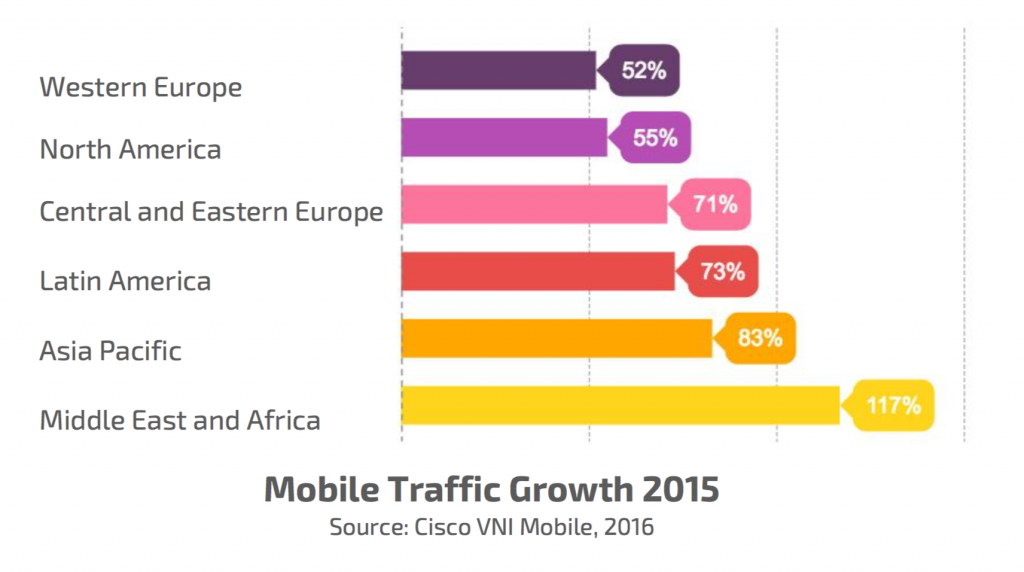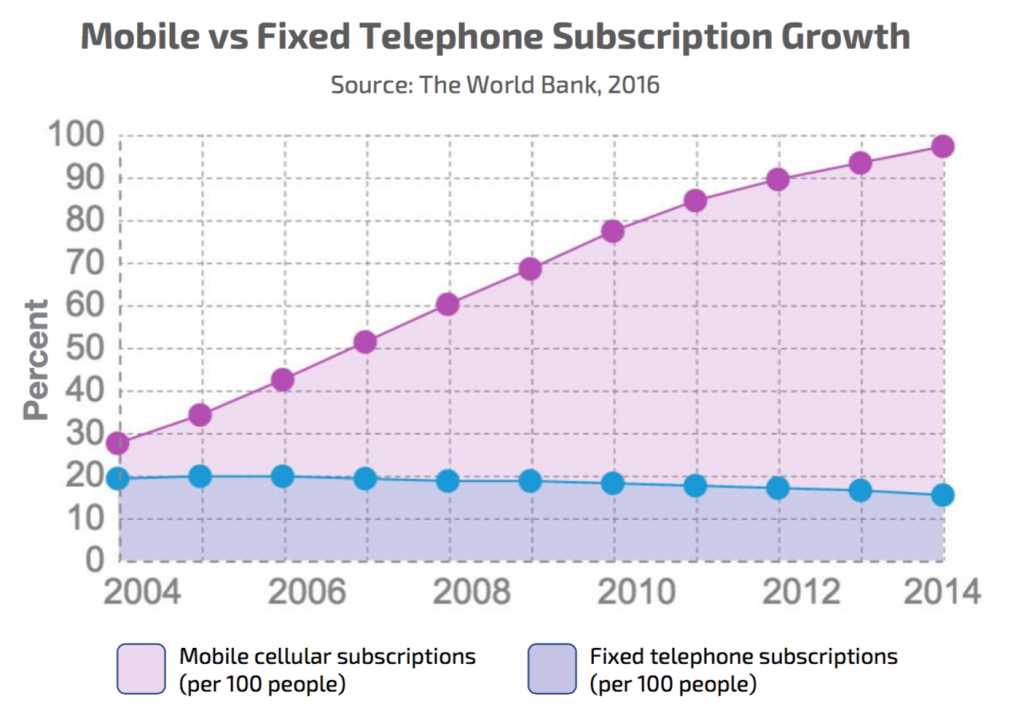“Telecoms is changing dramatically, and the promise of big savings for businesses is on the horizon. But that horizon is still a long way off. What can businesses do to reduce telecoms costs right now?”
Have you looked at your company’s telecoms bill lately? If you do, you’ll probably find that it is not radically different in content to your telecoms bills from a decade ago. Maybe a bit more broadband into the office, maybe a few more mobiles in the fleet, but otherwise no big change: pages and pages of itemized calls, all priced out by destination, duration, tariff type, plan type and other things.
However, the world has changed a lot more than your telecoms bill suggests. And these big changes should be reducing your telecoms spend substantially. This short article these four disruptive mobile trends and how your business can thrive in an ever-changing environment.

1. The proliferation of wi-fi and cellular
This is a symptom of a larger trend. Both cellular and Wi-Fi speeds are advancing at incredible rates. The chart above provides a snapshot of the correlated mobile traffic growth in 2015.
Where the pricing of the two starts to converge, people start to operate in a mobile-first (or mobile-only) manner. This is already the case in developing markets, and is now happening in developed markets too.
2. Third-party dialer apps are about to take off
The market price of voice will atrophy. Android has allowed a user to replace the native Android ‘Phone’ app with a third party app on their screen, so they make their calls through an app rather than over the regular phone network. At Apple Worldwide Developers Conference (WWDC) in June 2016, Apple announced the same freedom with iOS. You can use Apple’s ‘Phone’ app to make calls like normal if you want, but there are plenty of alternative apps too. This type of open market for dialers is already driving more voice traffic onto the data network, and will spur yet more dialer apps.

3. Mobile pricing plans are moving away from voice
Data usage is growing much faster than voice usage. The chart above illustrates the rise of mobile and steady decline in fixed telephone subscriptions globally over the past 10 years.
Today, voice is just one of many means of person-to-person communication, that are themselves only one of many uses of a smartphone. This, plus the arrival of IP-based calling apps, has caused a relative decline in total voice traffic, and a market expectation that it should or could be free. To mobile phone companies, the obvious solution is to gradually skew charges away from voice and more towards data.
4. Mobile, young and developing-world workers don’t use desk phones
Numbers are becoming more important, not less important. For business, voice communication (especially with clients) is often more important than any other medium. As businesses become more mobile- oriented and less desk-phone oriented, the importance of phone numbers actually increases. Contact is less about ‘the office’ and more about the individual, making the number a critical business asset.
Conclusion
Together, the aforementioned trends are likely to eventually result in a telecom environment where:
- All phones are mobile and all calls are app-based,
- The simple phone number becomes a flexible tool for engagement,
- Corporations can enjoy unified billing and negate individual expensing
- These changes are already in motion. Norwood Systems’ Corona platform is at the forefront of bringing innovative telecom features to corporations. Guaranteed telecom savings of 30%-50% is just a part of it. To learn more about Corona, visit www.norwoodsystems.com/enterprise.


